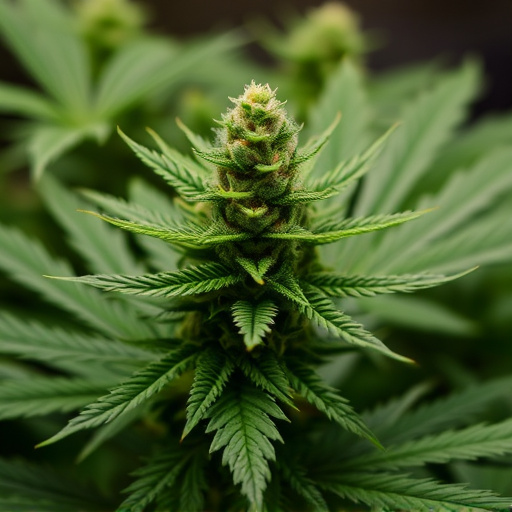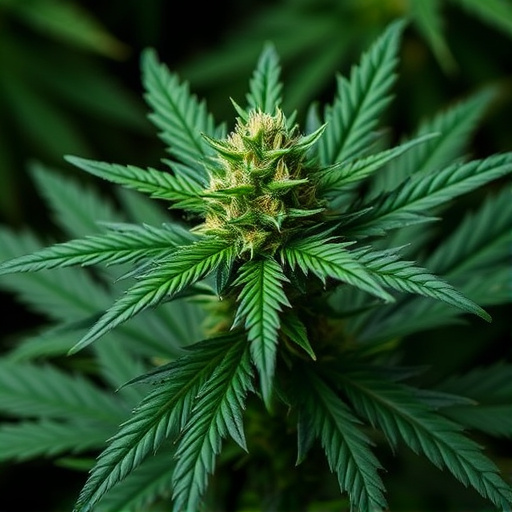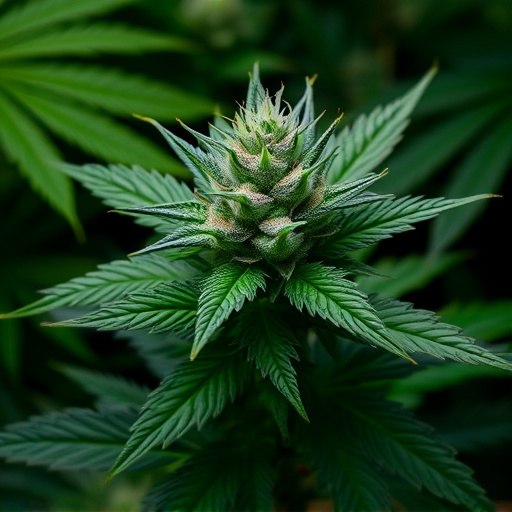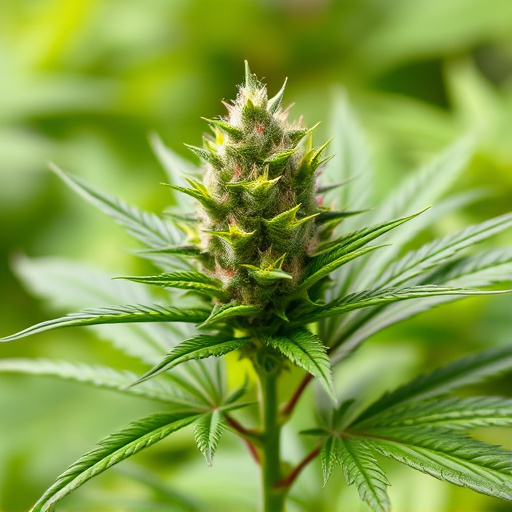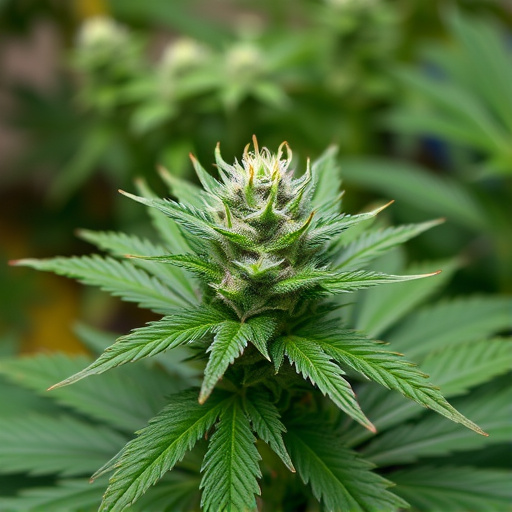Cannabis, specifically high-CBD strains like Charlotte's Web, shows promise as an alternative therapy for ADHD symptoms like hyperactivity, impulsivity, and anxiety by interacting with the body's endocannabinoid system. While THC offers analgesic benefits at low doses, CBD does not produce a "high" and is generally safer, targeting specific pain receptors without altering consciousness. For effective pain management using cannabis strains for ADHD, a personalized approach starting with low doses and regular monitoring is crucial to prevent side effects and overmedication.
Discover the powerful potential of THC and CBD in pain management. This article explores how these cannabinoids interact with our bodies, offering natural relief from discomfort. From understanding their roles in perceiving pain to uncovering specific cannabis strains effective for ADHD symptoms, we delve into safe dosage considerations for optimal results. Learn about alternative therapy options that could revolutionize your approach to managing chronic pain and explore the benefits of cannabis strains tailored for ADHD.
- Understanding THC and CBD: The Role in Pain Perception
- Cannabis Strains for ADHD: A Potential Alternative Therapy
- Safety and Dosage Considerations for Effective Pain Management
Understanding THC and CBD: The Role in Pain Perception
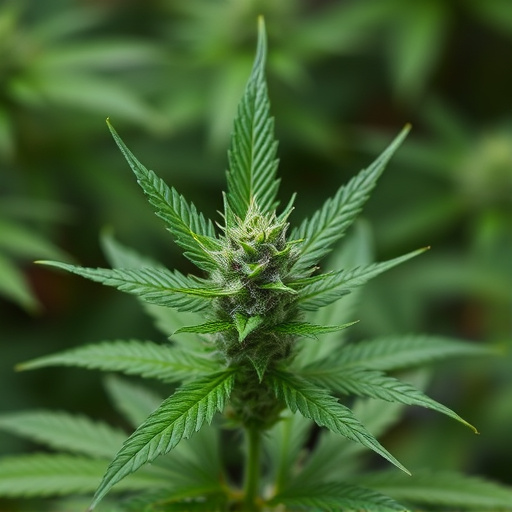
The cannabis plant contains various chemical compounds, among which THC (Tetrahydrocannabinol) and CBD (Cannabidiol) have gained significant attention for their potential therapeutic effects, including pain management. While THC is known for its psychoactive properties, leading to feelings of euphoria, it also plays a role in interacting with the body’s endocannabinoid system (ECS). This system is involved in regulating various physiological processes, including pain perception and response.
CBD, on the other hand, has become popular as a non-intoxicating alternative. It doesn’t bind directly to the CB1 receptors responsible for psychoactive effects, but it does interact with the ECS in different ways. Studies suggest that CBD may help reduce chronic pain by blocking certain inflammation pathways and interacting with serotonin and vanilloid receptors, which play a role in transmitting pain signals to the brain. This makes CBD an attractive option for those seeking natural remedies for conditions like ADHD-related pain without the mind-altering effects of THC.
Cannabis Strains for ADHD: A Potential Alternative Therapy
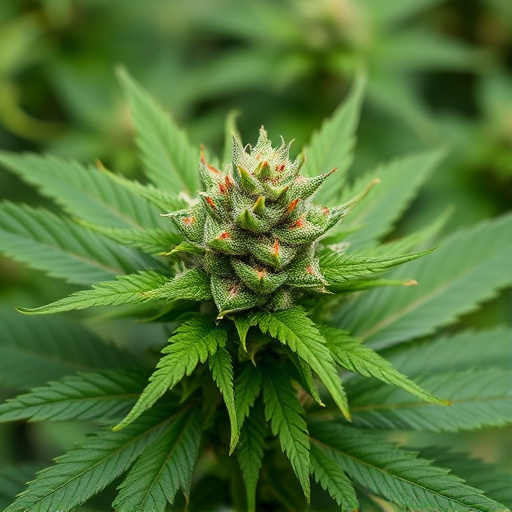
Cannabis has long been recognized for its pain-relieving properties, but it may also offer potential as an alternative therapy for Attention Deficit Hyperactivity Disorder (ADHD). Specific cannabis strains known for their high CBD content have shown promise in managing ADHD symptoms. CBD (cannabidiol) is a non-intoxicating compound that interacts with the body’s endocannabinoid system, which plays a role in regulating mood, cognition, and neurological functions. Research suggests that CBD can help reduce hyperactivity, impulsivity, and anxiety—common challenges faced by individuals with ADHD.
Certain cannabis strains, such as those with high CBD-to-THC ratios (tetrahydrocannabinol), are particularly effective for this purpose. Strains like Charlotte’s Web or various organic, locally grown varieties known for their terpene profiles have gained attention in the medical community. These strains provide a more balanced approach to treating ADHD symptoms, avoiding the psychoactive effects associated with high THC content while harnessing the therapeutic benefits of CBD.
Safety and Dosage Considerations for Effective Pain Management
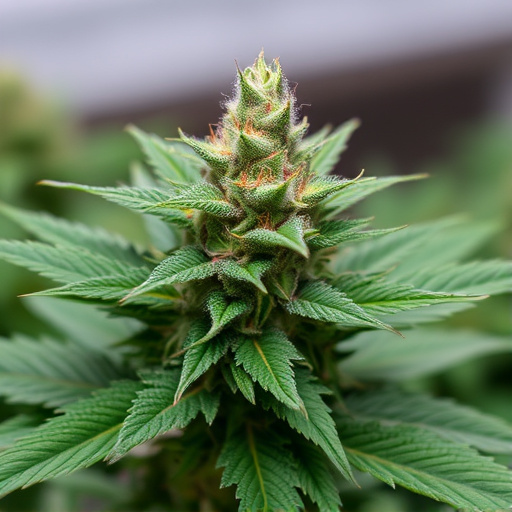
When utilizing THC and CBD for pain management, safety and dosage are paramount. It’s crucial to understand that both compounds interact with our bodies’ endocannabinoid system (ECS), but they do so differently. THC, known for its psychoactive effects, can offer analgesic benefits at low doses but may cause anxiety or paranoia in higher amounts—especially in individuals new to cannabis use. On the other hand, CBD does not produce a “high” and is generally considered safer, targeting specific pain receptors without altering consciousness.
For effective pain management, a tailored approach is key. Start with lower doses of THC or CBD, depending on your tolerance and preferred effects. Many find success with cannabis strains known for their high CBD content, which can mitigate THC’s potential side effects while still offering pain-relieving properties. Regular monitoring of dosage and response is essential to avoid overmedication and ensure safety during the treatment process.
Cannabis compounds like THC and CBD have shown promise in pain management, offering alternative therapies for conditions like ADHD. While further research is needed, understanding how these substances interact with our bodies’ endocannabinoid systems provides insights into their potential to alleviate symptoms. When considering cannabis strains for ADHD or any purpose, prioritizing safety and adhering to dosage guidelines is essential to ensure effective and responsible use.

